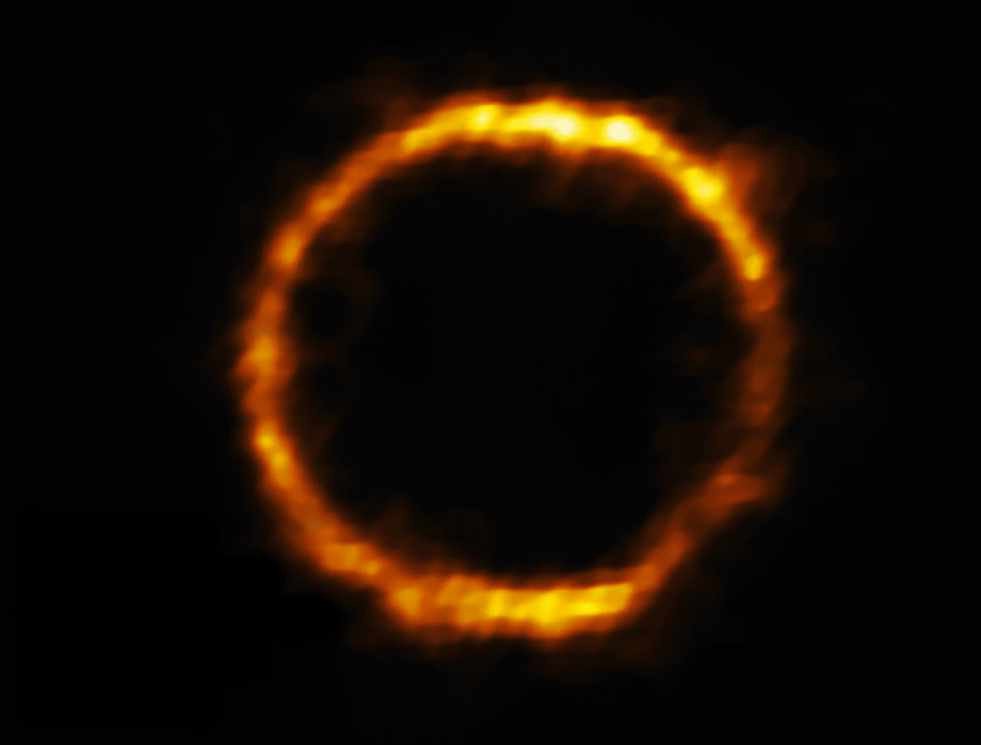
A pair of galaxies from the early Universe are far more evolved than their age would suggest, according to new images from James Webb Space Telescope (JWST).
The primary galaxy, SPT0418-SE, is so distant we are seeing it as it was just 1.4 billion years after the Big Bang. Its light has been gravitationally lensed (bent by a foreground object), making it appear as a near-perfect ring called an Einstein ring. While observing the galaxy with the JWST, a team of astronomers discovered that it has a companion galaxy located just 16,000 lightyears away.
Spectral data revealed that both galaxies are rich in ‘metals’. In an astronomical context this means anything heavier than helium – elements that are only formed inside stars and then seeded into space when the star dies.
“We are seeing the leftovers of at least a couple of generations of stars having lived and died within the first billion years of the Universe’s existence, which is not what we typically see,” says Amit Vishwas from Cornell University, who took part in the study. “We speculate that the process of forming stars in these galaxies must have been very efficient and started very early in the Universe.” www.cornell.edu